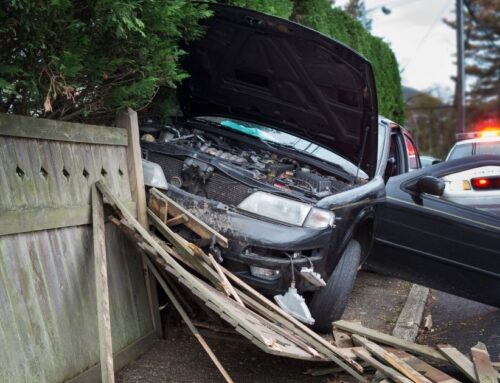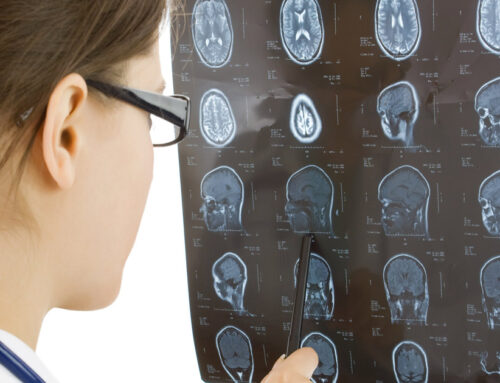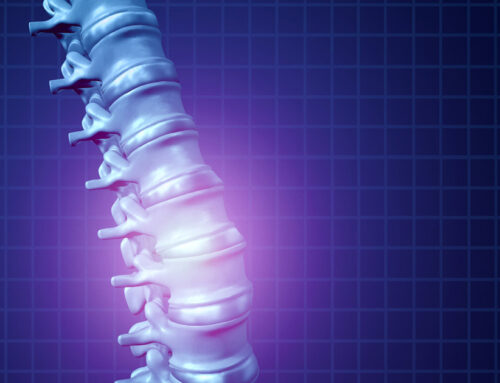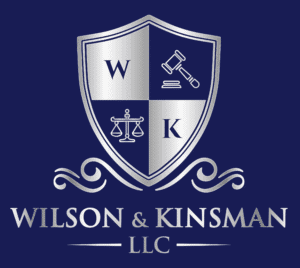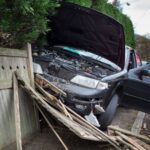When two vehicles try to occupy the same lane during a merge and end up crashing, liability determination becomes a matter of close scrutiny. The answer depends on the interaction of traffic laws, driver behavior, and physical evidence. Understanding how courts and insurers assess these incidents can help those involved protect their rights and pursue fair compensation.
What Kinds of Crashes Do Merging Accidents Cause?
Merging accidents can result in several types of collisions:
- Sideswipe collisions occur when two vehicles try to occupy the same lane.
- Rear-end crashes occur if a merging driver brakes suddenly or misjudges speed.
- Angle collisions during improper merging at on-ramps or intersections.
- Chain-reaction crashes occur when sudden braking causes multiple vehicles to collide.
- Run-off-road accidents occur when drivers swerve to avoid a merging vehicle without enough space.
What Factors Determine Liability in a Merging Accident?
Liability in a merging car accident usually hinges on which driver held the right of way and how each acted. State statutes typically require a motorist entering a lane to yield to vehicles already traveling in that lane. If a merging driver fails to signal, misjudges the speed of oncoming traffic, or accelerates abruptly, that driver will likely bear responsibility.
Conversely, an existing lane driver who intentionally blocks the merging maneuver, swerves without warning, or brakes suddenly may share fault. Each incident requires analysis of the evidence.
How Do Traffic Regulations Influence Fault?
State traffic codes and municipal ordinances establish clear rules for merging. These regulations define yield requirements, proper signaling distances, and minimum safe following distances. Violations of these rules can serve as strong evidence of negligence. For example, a driver who merges without activating a turn indicator at least one hundred feet before the merge point breaches a statutory duty.
What Evidence Is Used to Establish Responsibility?
Reconstructing a merging incident involves evidence like photographs, skid-mark analysis, and vehicle damage patterns; collision reconstruction experts also assist with these cases. Witness statements can clarify whether one driver cut off another or if two vehicles made simultaneous lane changes, and traffic camera footage and dash-cams provide objective records of what happened.
Police reports contain initial officer observations and citations that may indicate primary fault. Finally, medical records documenting injuries and property damage estimates further support claims by revealing the crash’s financial and physical impacts on a claimant.
Can More Than One Driver Be Held Accountable?
Shared liability applies when both drivers contribute to an accident. That brings comparative negligence statutes into play, which allow courts to assign each party a percentage of fault.
Per Indiana Code Section 34-51-2-6, our state follows a modified comparative negligence model. If a court finds you 50 percent or more responsible for your crash, you are barred from recovering damages. If your percentage is less than that, the compensation will be reduced accordingly. As you can imagine, things get quite complicated when more than two drivers are involved in car accidents.
How Do Insurance Adjusters Assess Fault?
Claims adjusters review police records, witness interviews, and any available video evidence to determine fault; they apply state laws and internal guidelines to estimate liability percentages. Adjusters also rely on collision diagrams and adjuster manuals that outline common merging scenarios.
If liability is disputed, independent reconstruction specialists may be retained. Insurers weigh repair estimates, medical bills, and lost-wage documentation when calculating compensation. A clear chronology of events supported by evidence improves the likelihood of a favorable assignment of fault.
Contact a South Bend Car Accident Lawyer at Wilson & Kinsman, LLC About Your Merging Crash
Our South Bend car accident lawyers can review your merging collision case, explain your rights under Indiana law, and advocate on your behalf. Call 574-522-1900, book online now, or submit a form for your free consultation. Wilson & Kinsman, LLC has offices in Elkhart and South Bend, Indiana and serves clients in St. Joseph County and throughout the state.
Share This Story, Choose Your Platform!
Give us a call!
Testimonials
Read what our former clients have to say:

